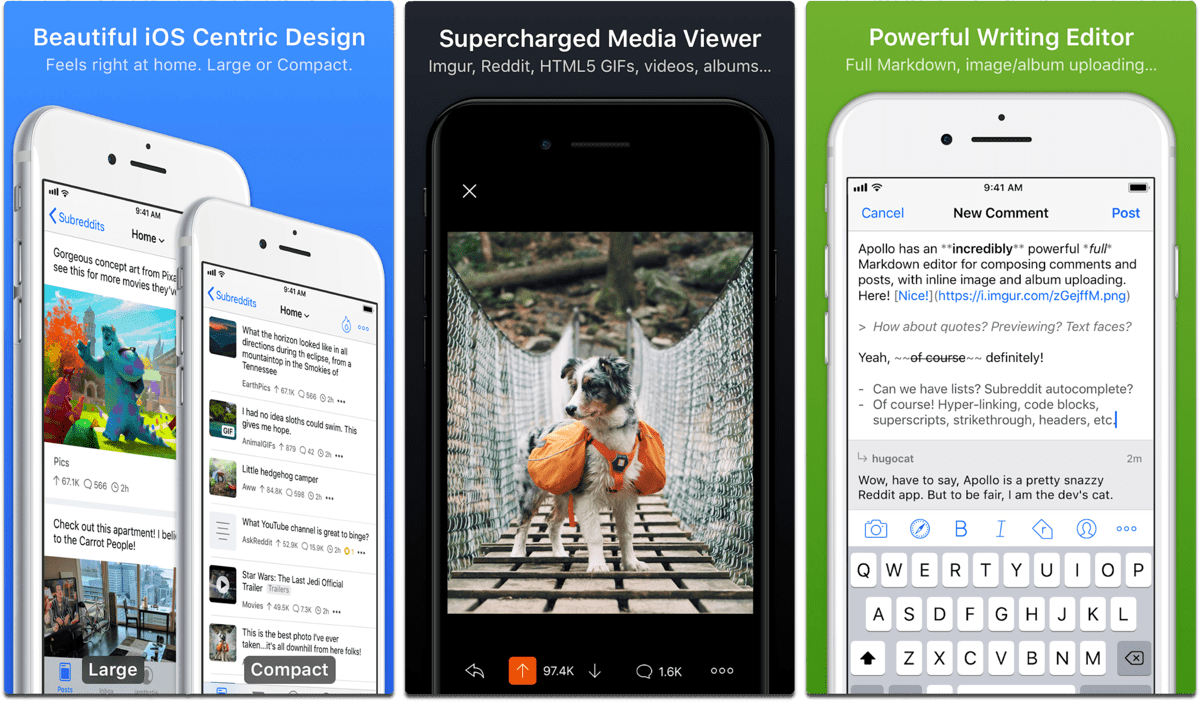
Cardhop can now display a family tree of sorts for such relationships, though it can be a bit confusing, given that Jennifer is my sister, not Tonya’s. The main use I’ve found for them is in printing holiday card labels for couples where I want to include both names (which Cardhop can’t do currently, but which Flexibits is investigating). Those relationships can either be just static text or can link to other contact cards.


Some actions might be more easily accessed via Siri, but if you prefer looking and tapping, a widget for your most contacted people could be welcome. In iOS 14 and macOS 11 Big Sur, you can configure small, medium, or large widgets that encapsulate a person and an action.
#CARDHOP REVIEW FREE#
Month-by-month options are available, but I can’t see any reason to use those other than to extend the 14-day free trial. A family plan for up to five users costs $5.42 per month paid annually ($64.99). Happily, the price remains the same despite the addition of Cardhop to the mix: $3.33 per month paid annually ($39.96). However, rather than create yet another subscription, Flexibits has bundled Cardhop with Fantastical-for all of Apple’s operating systems-in a single Flexibits Premium subscription.
#CARDHOP REVIEW FOR FREE#
Access to the new Cardhop 2.0 features requires a subscription, just as last year’s upgrade to Fantastical 3.0 provided basic calendaring for free but required a subscription for the new and advanced features. While Cardhop 2.0 has some new features, most notable is the fact that Flexibits has moved to a freemium model that provides Cardhop 1.0’s basic features for free. Plus, I often rely on past content to inform what I’m saying. In both cases, I think of the medium first-email, text message, phone-and then pull up the contact in the appropriate app. Unfortunately, much as I like Cardhop for standard contact lookups and editing on the Mac, I never use it to initiate communications with contacts, nor do I use it at all on the iPhone. Flexibits remains steadfast in its belief in Cardhop’s contact-first approach-find a contact and then choose how you want to communicate with them. The basics remain the same in Cardhop 2.0-notably, it still lives in the menu bar on the Mac. I’ve written about Cardhop for both macOS and iOS (see “ Cardhop Puts Contacts Front and Center,” 18 October 2017, and “ Cardhop Rethinks How You Use Contacts in iOS,” 4 April 2019). The company has now released Cardhop 2.0 for the Mac, iPhone, and iPad. Apple now gives us Calendar and Contacts, and those who want more power, flexibility, and better interfaces can instead choose BusyMac’s Bus圜al and Bus圜ontacts or-my current favorites- Fantastical and Cardhop from Flexibits. That’s why we had combined packages like Now Up-to-Date & Contact, Claris Organizer, and Palm Desktop in the past. Many events involve people, and if you’re going to have a phone call with someone or meet at their office, it’s handy to have their contact information associated with the event.



 0 kommentar(er)
0 kommentar(er)
